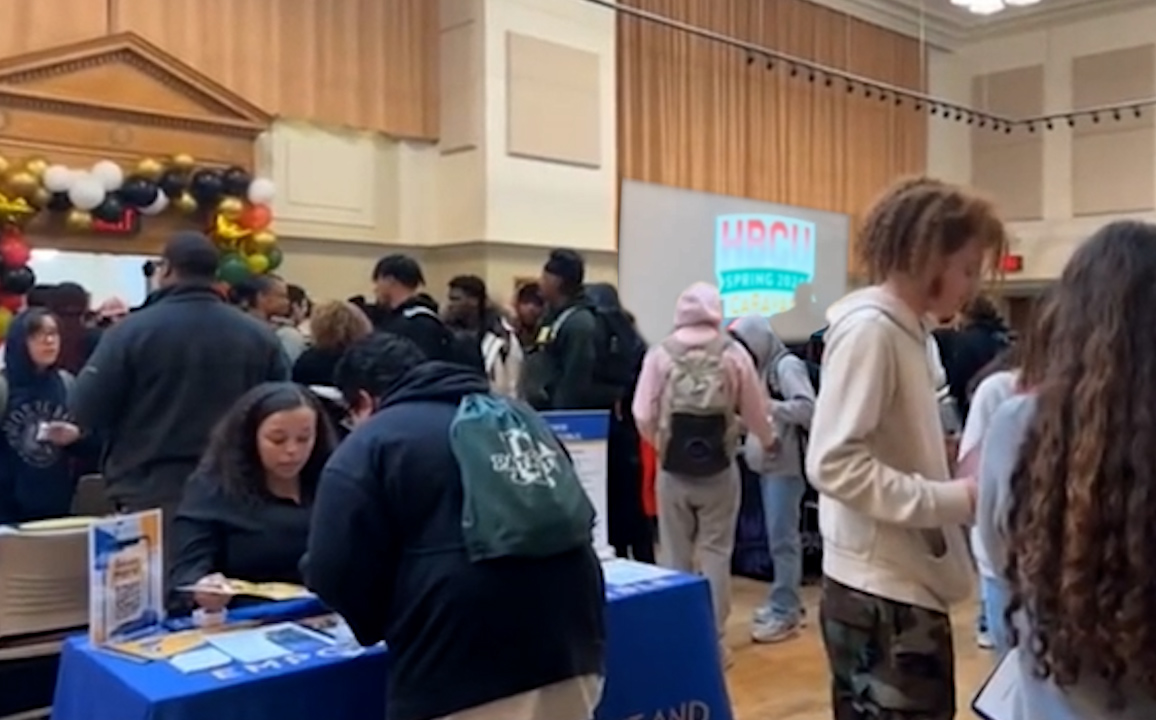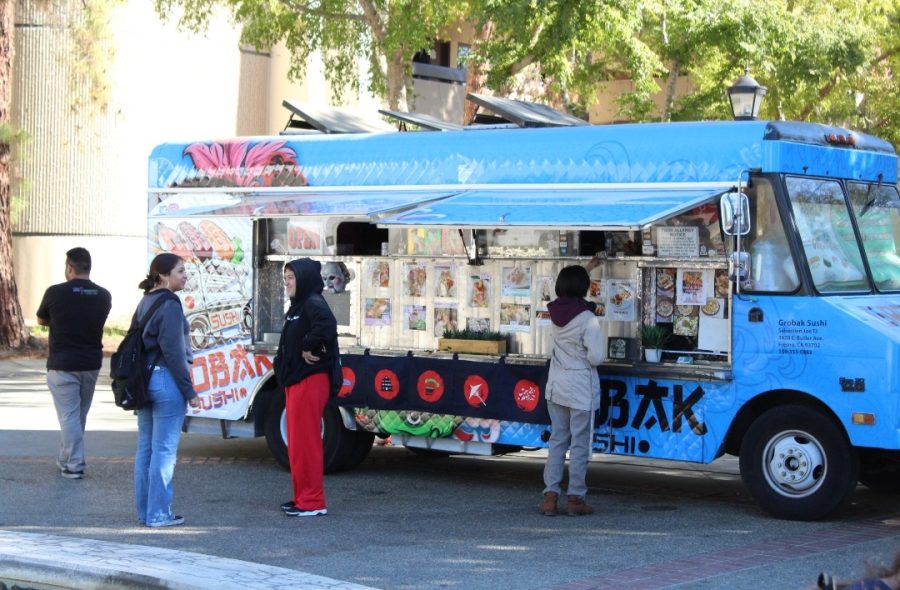Workers buzz as restoration and renovation efforts for the historic Old Administration Building continue. Currently, trucks haul out loads of hazardous materials from the building as other groups such as the State Center Community College Foundation struggle to find donations needed to finance the performing auditorium.
According to Michelle Cantwell-Copher, executive director of the Foundation, due to the auditorium’s public access and revenue-producing status, the State of California refuses to finance that particular aspect of the restoration and renovation.
This led to the creation of the Foundation, whose responsibility it is to raise the additional $4 million needed to complete the auditorium with the rest of the building. The first million was raised internally among Fresno City College and District staff, and thus far the Foundation has managed to over double that amount from outside donations. However, the Foundation has currently raised $2.4 million, short of the $4 million needed.
The auditorium and a designated historical classroom will be renovated in an entirely different way than the rest of the building. While most of the O.A.B. will consist of modernized classrooms, one room will be preserved as close as possible to its original state such as wood floors and the like. However, in spite of its unique appearance the room will be used as a classroom for normal functions.
Though the auditorium is not being preserved in its original state the changes are prudent for modern use. The old auditorium had around 900 seats made for relatively small people. Upon completion the count will be reduced to about 700 significantly wider and more comfortable seats.
“People are bigger now, they will appreciate the wider seats,” said Dr. Ned Doffoney. Other changes improve the performing atmosphere of the room such as sound insulation.
The auditorium is of special interest to the performing arts divisions who perennially struggle to find an appropriate venue at an appropriate time. An additional on-campus stage will ease booking at other venues like the theatre and potentially lure outside guests to perform in the new facility.
The O.A.B. stage is significantly smaller than the theatre stage leaving it relatively ill-suited for theatrical performances requiring plenty of walking space and props. According to Brian Speece, director of operations for the O.A.B. project, the stage will primarily be used for musical performances.
The O.A.B. was in use until 1976 when it’s exemptions from the Field Act were no longer granted. The Field Act requires that buildings receiving public monies and housing K-14 students must comply with certain earthquake-resistant building codes. The Field Act was enacted on April 10, 1933, in response to the Long Beach earthquake that left about 600 schools damaged, 70 of which were destroyed.
The O.A.B. was originally completed in 1916, six years after the schools founding and was not built upon reinforced masonry (a necessity to comply with the Field Act). “A lot of this remodeling is to reinforce the brick walls,” said Speece.
The O.A.B. served as the first permanent structure on what was then known as the Fresno State Normal School campus, which later became Fresno State College. Fresno State relocated in 1956 and Fresno Junior College, presently known as F.C.C., purchased the campus.
The college made good use of the O.A.B., which functioned as a sort of heart of the school providing classrooms, administrative offices, and plenty of room for the arts, be it musicians playing in the courtyard or guest speakers in the auditorium.



